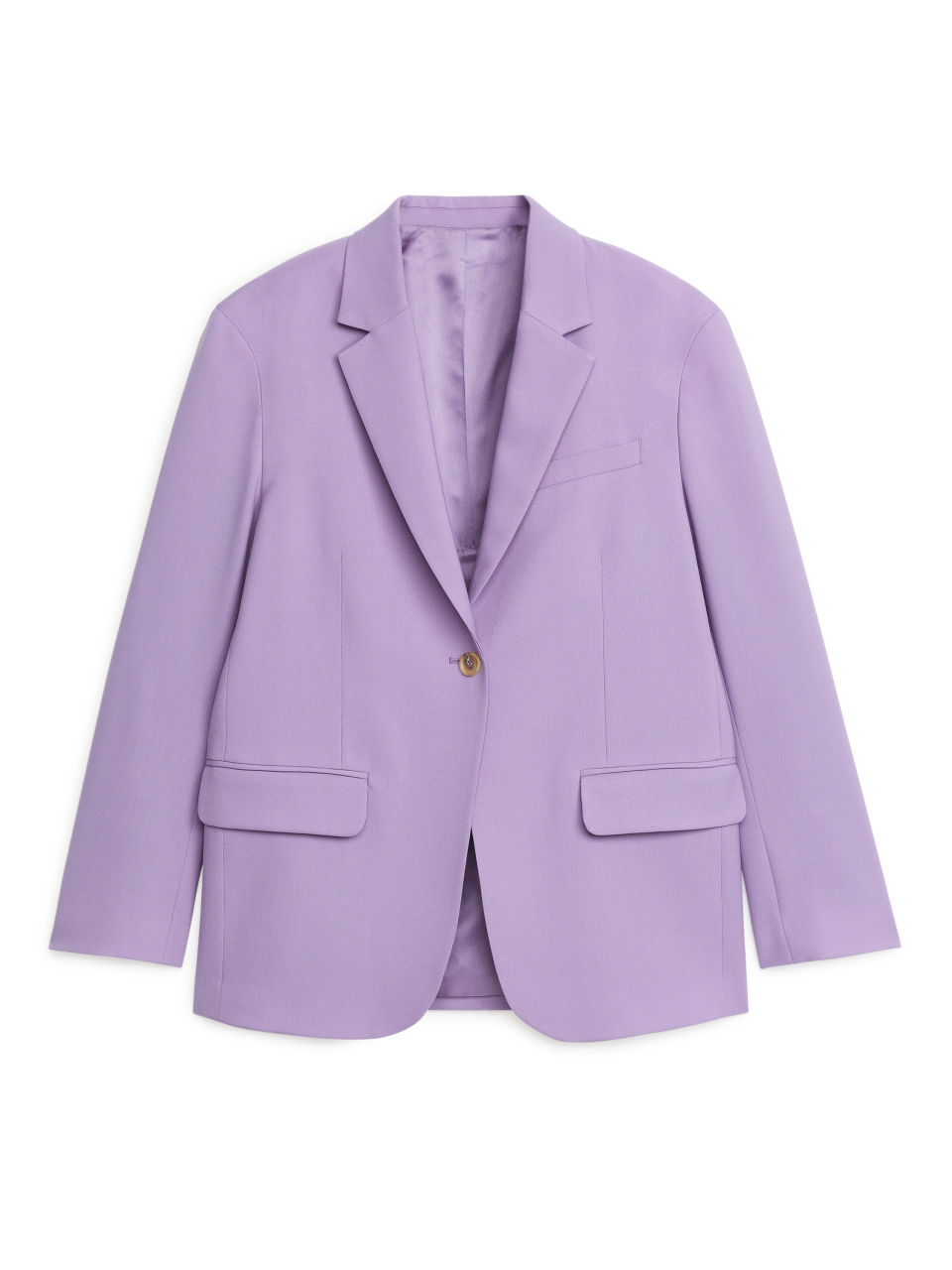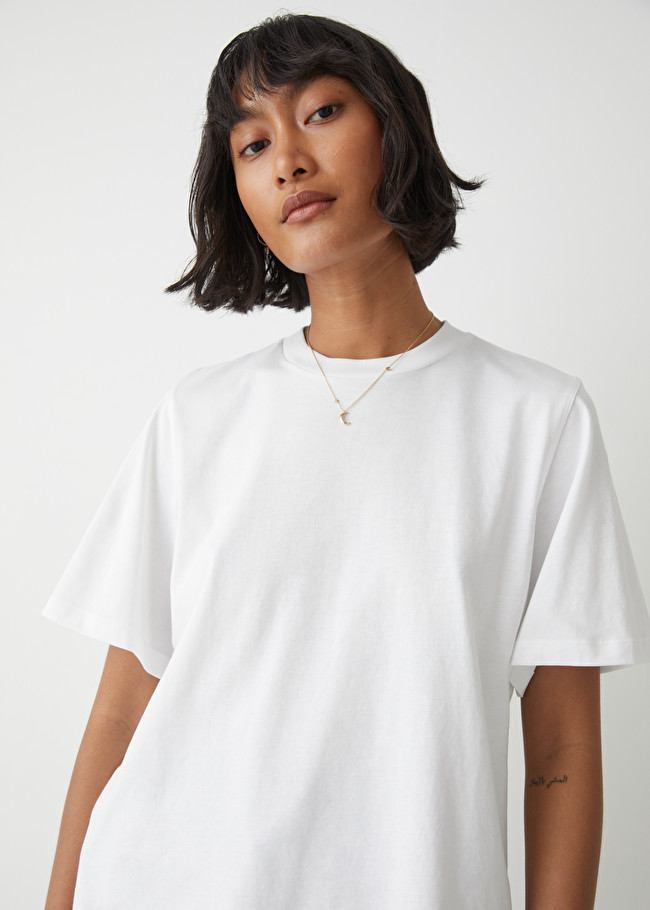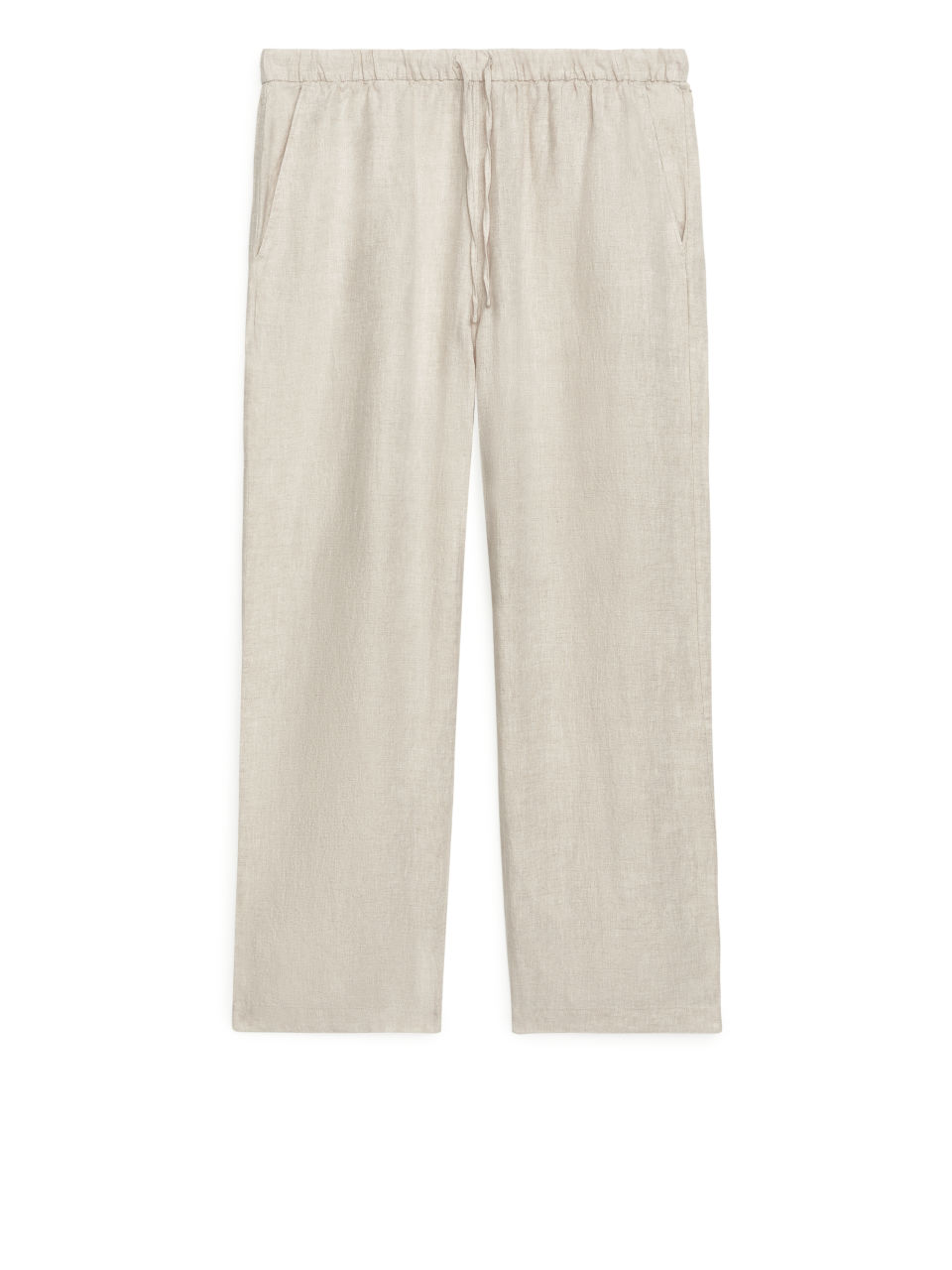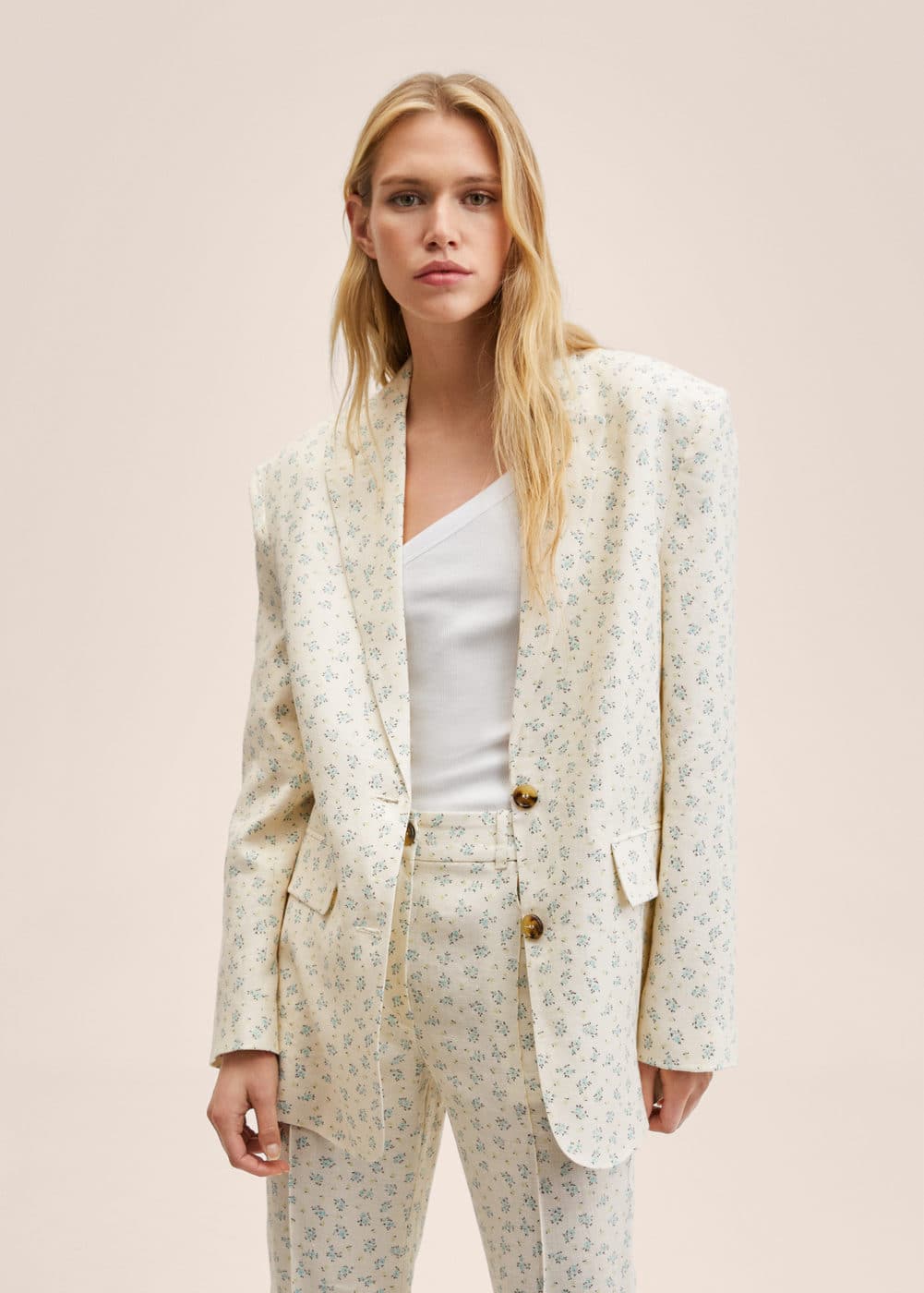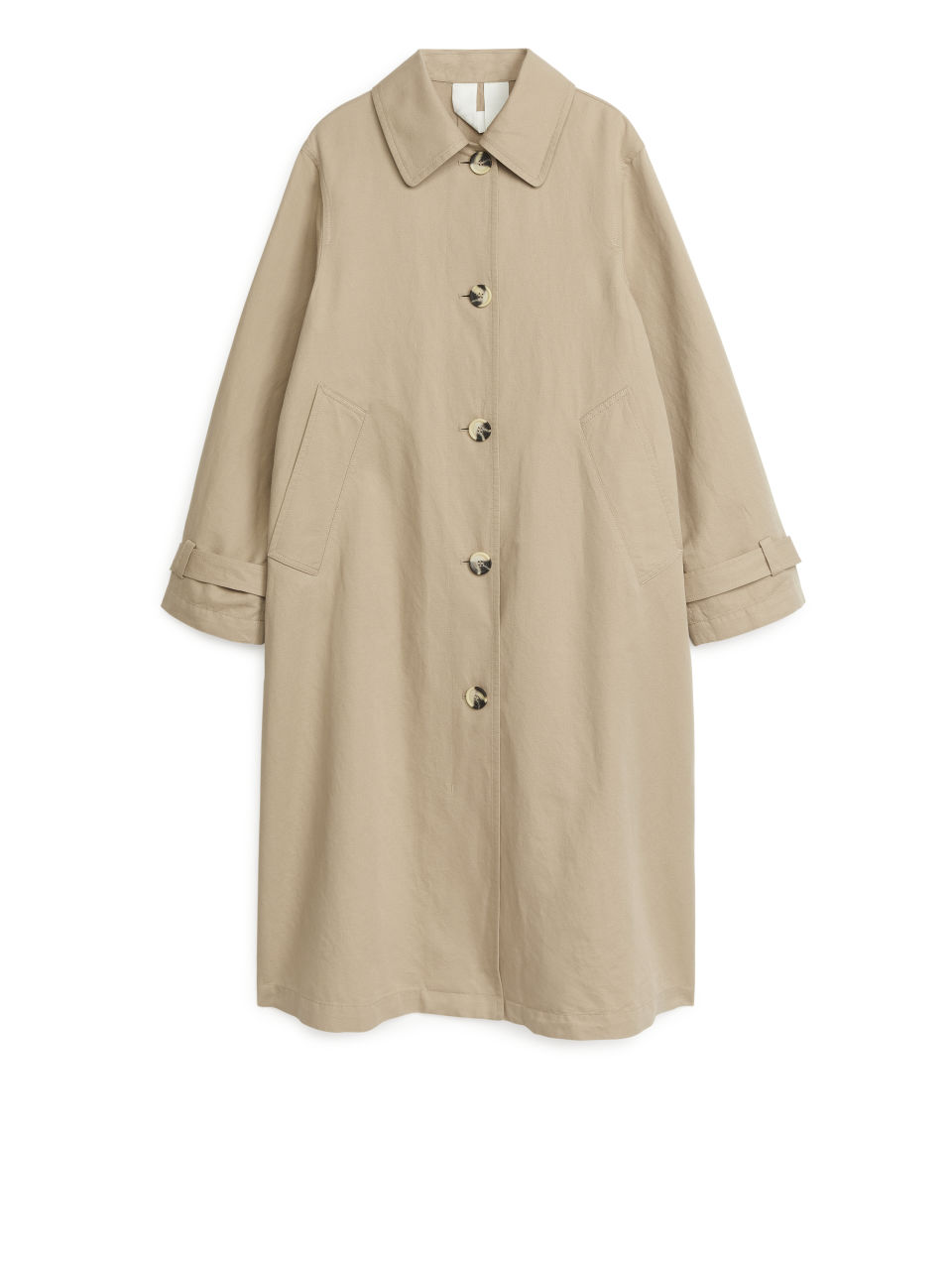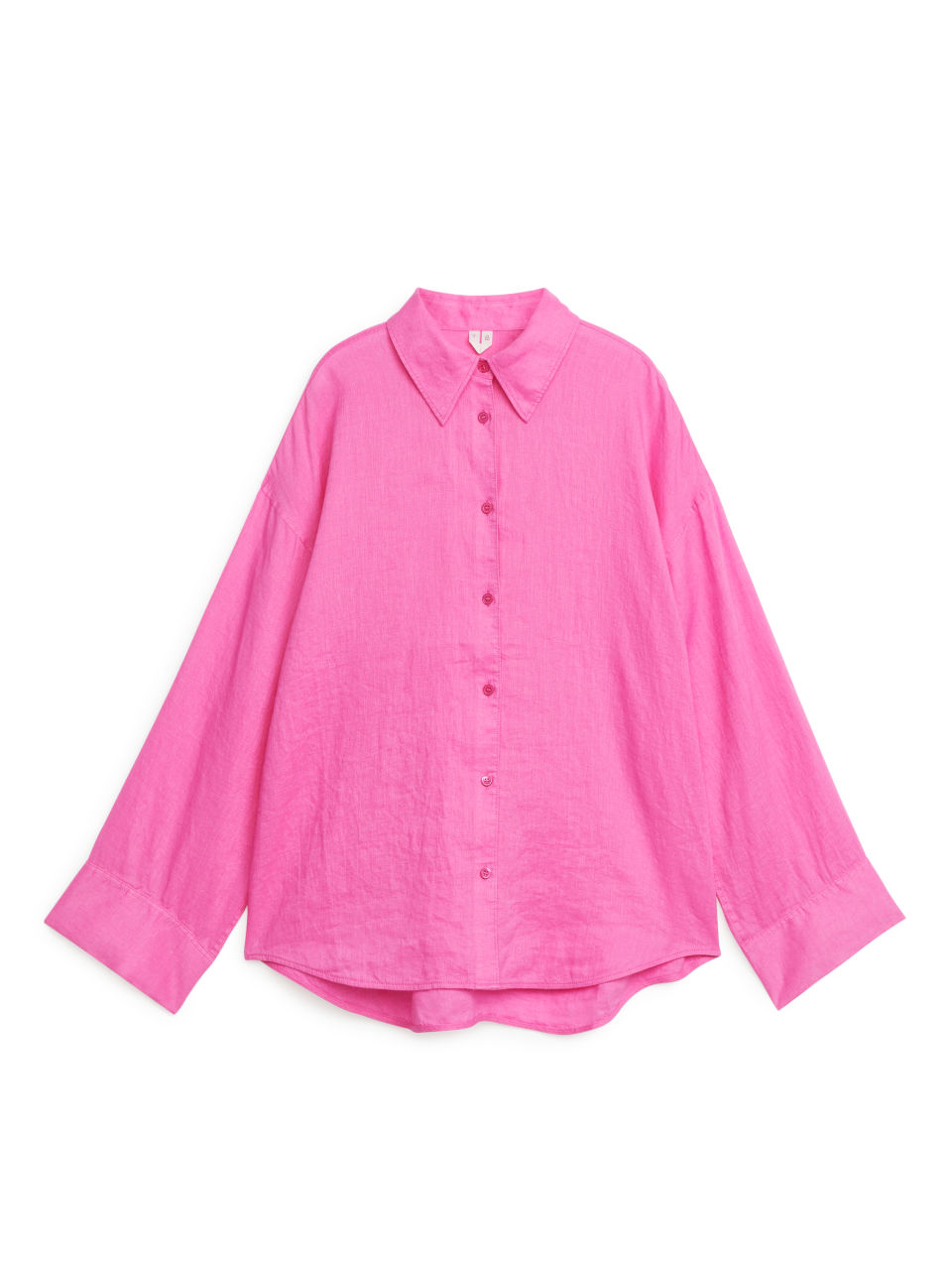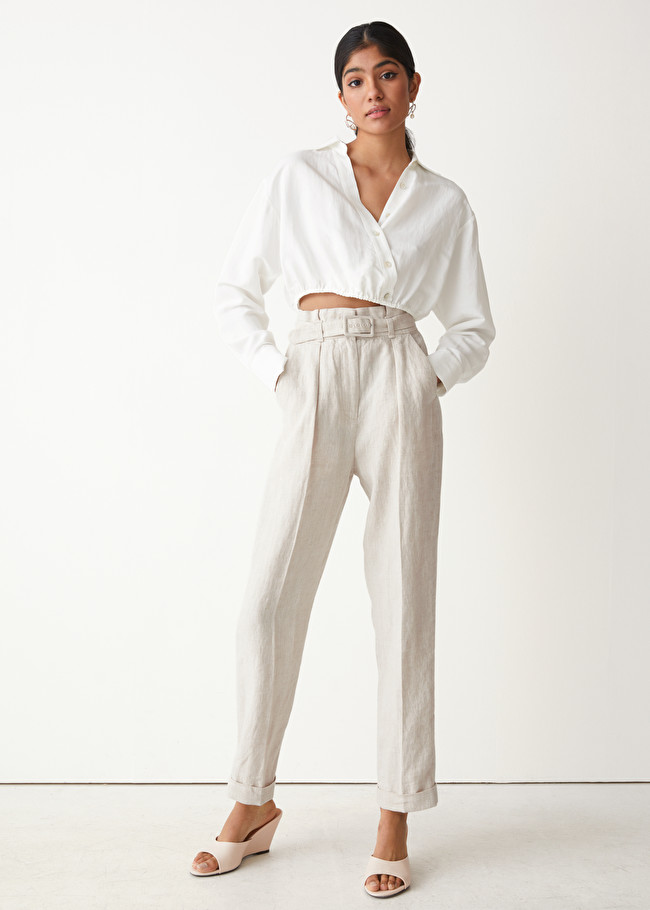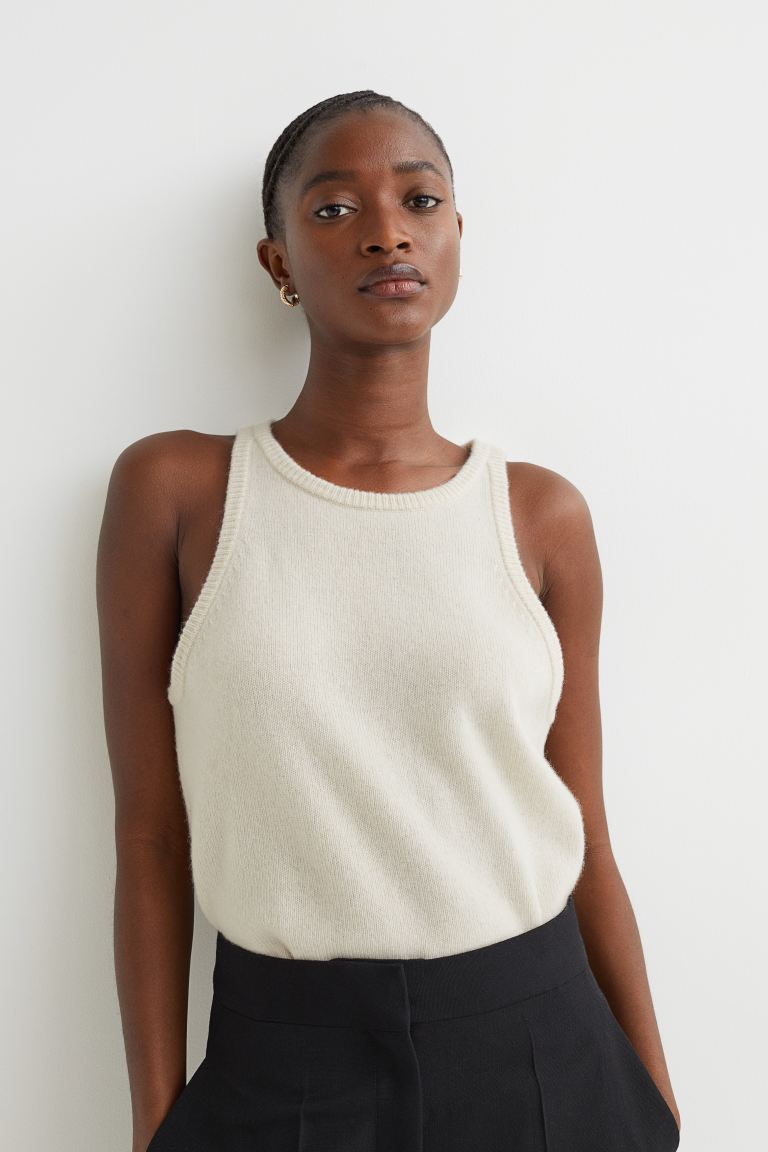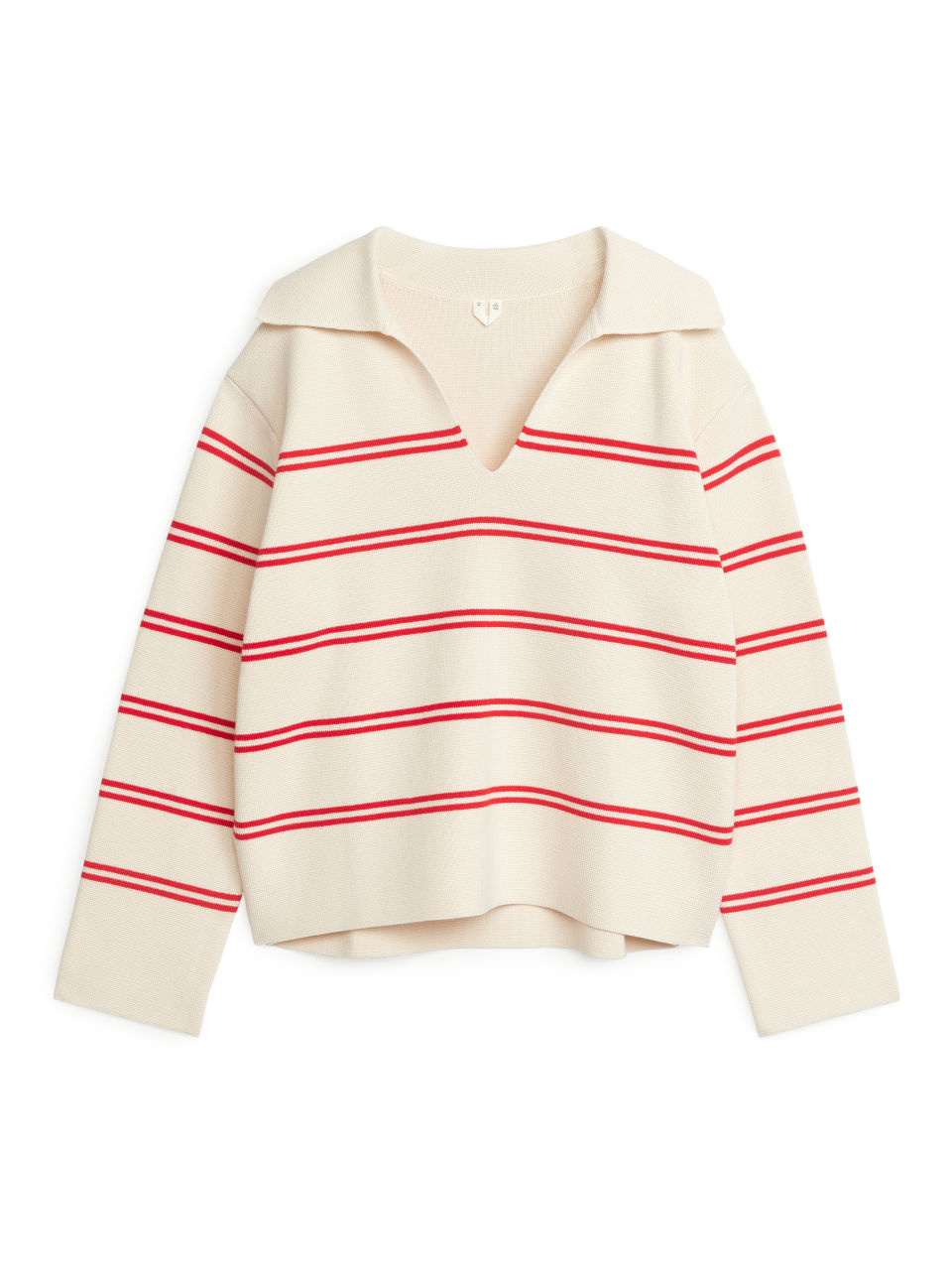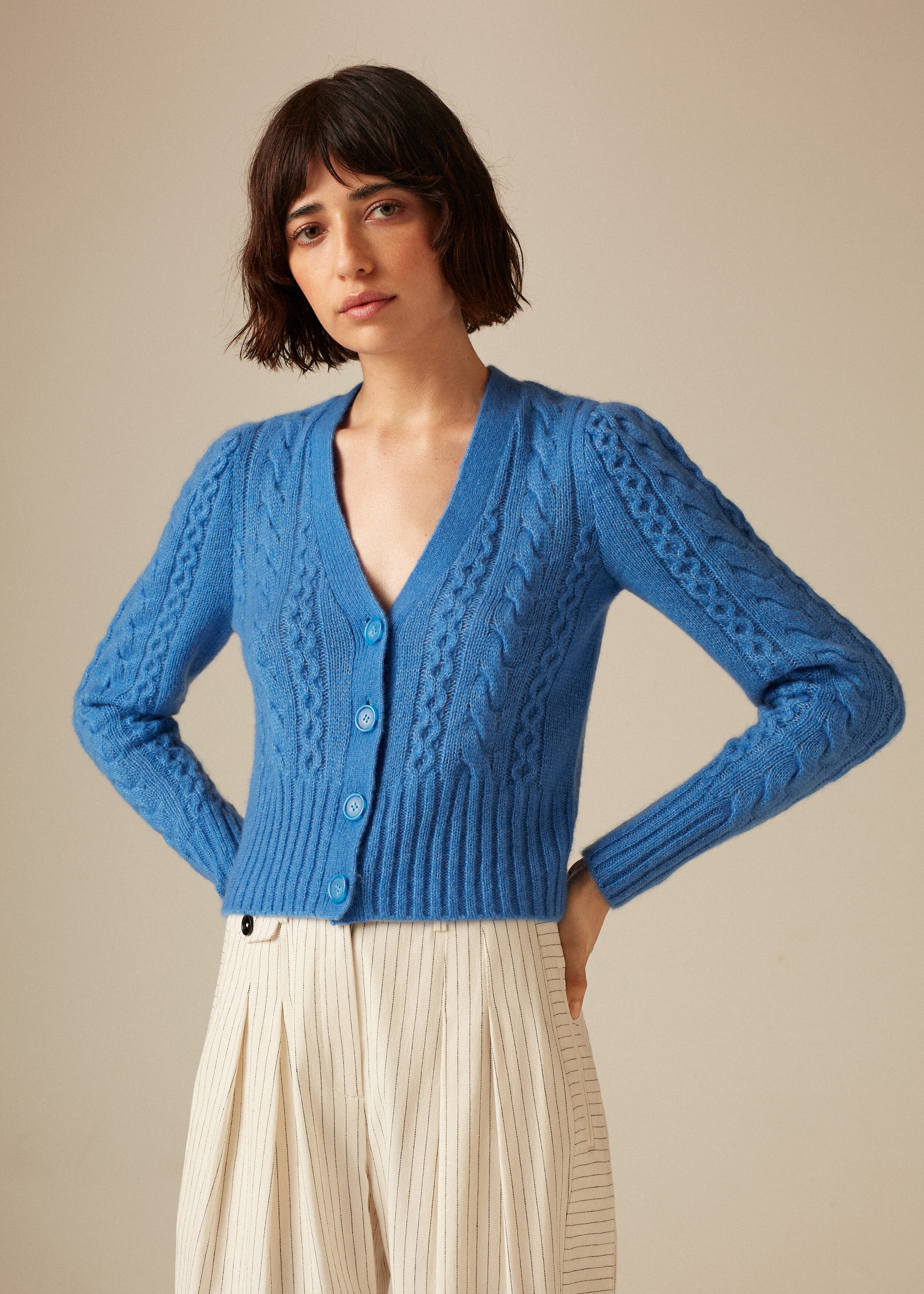5 Ways to Find High-Quality Pieces on the High Street
Do you follow Andrea Cheong on Instagram or TikTok? If you don't, you should! She has become the trusted and approachable authority in an arena that many find daunting to step into: sustainable fashion. Andrea's Mindful Monday Method breaks sustainable shopping down into bite-size pieces of information one can easily digest and use for more sensible shopping tactics in the future, and it's an absolute must-view if you want to be a more conscious consumer of fashion. With her wealth of knowledge and very good taste, it's no wonder we had to knock on her virtual door. Join Andrea each Friday on Who What Wear UK's TikTok channel (@whowhatwear.uk), where she'll be dissecting the latest trends and shopping phenomena. This week? It's how to shop the high street in a more sustainable way.
More and more of us are attempting to shop more sustainably. We're repeating our outfits, thrifting, upcycling where we can and fervently researching sustainable and small brands to support. But a lot of the time, the calls of the high street are louder and more seductive. Los Angeles–based cult brand Reformation claims that the fashion industry’s standard for garments is 52 washes. That's equivalent to one laundry load a week for a year. But with so many retailers using fast fashion tactics such as planned obsolescence, "buy less, choose better" seems a lot harder than it needs to be. I hold the rather unpopular opinion that the best thing to do is learn to shop mindfully rather than relying on brands that simply claim to be conscious—particularly because there are absolutely no regulations around what this term means and who can claim it.
@whowhatwear.uk Learn to shop well with @Andrea Cheong 🛍 and you can make #consciousfashion choices not just for #earthday but forever! #highstreetfashion #sustainablefashion
♬ original sound - whowhatwear.uk
In 2019, I crafted a set of shopping filters that I call the Mindful Monday Method. While it can't completely eliminate the threat that is planned obsolescence, it was created to mitigate a lot of the risks of greenwashing and poor-quality purchases. These are my five tips for shopping on the high street that can help you save money and the planet.
1. SHOP ACCREDITED FIBRES
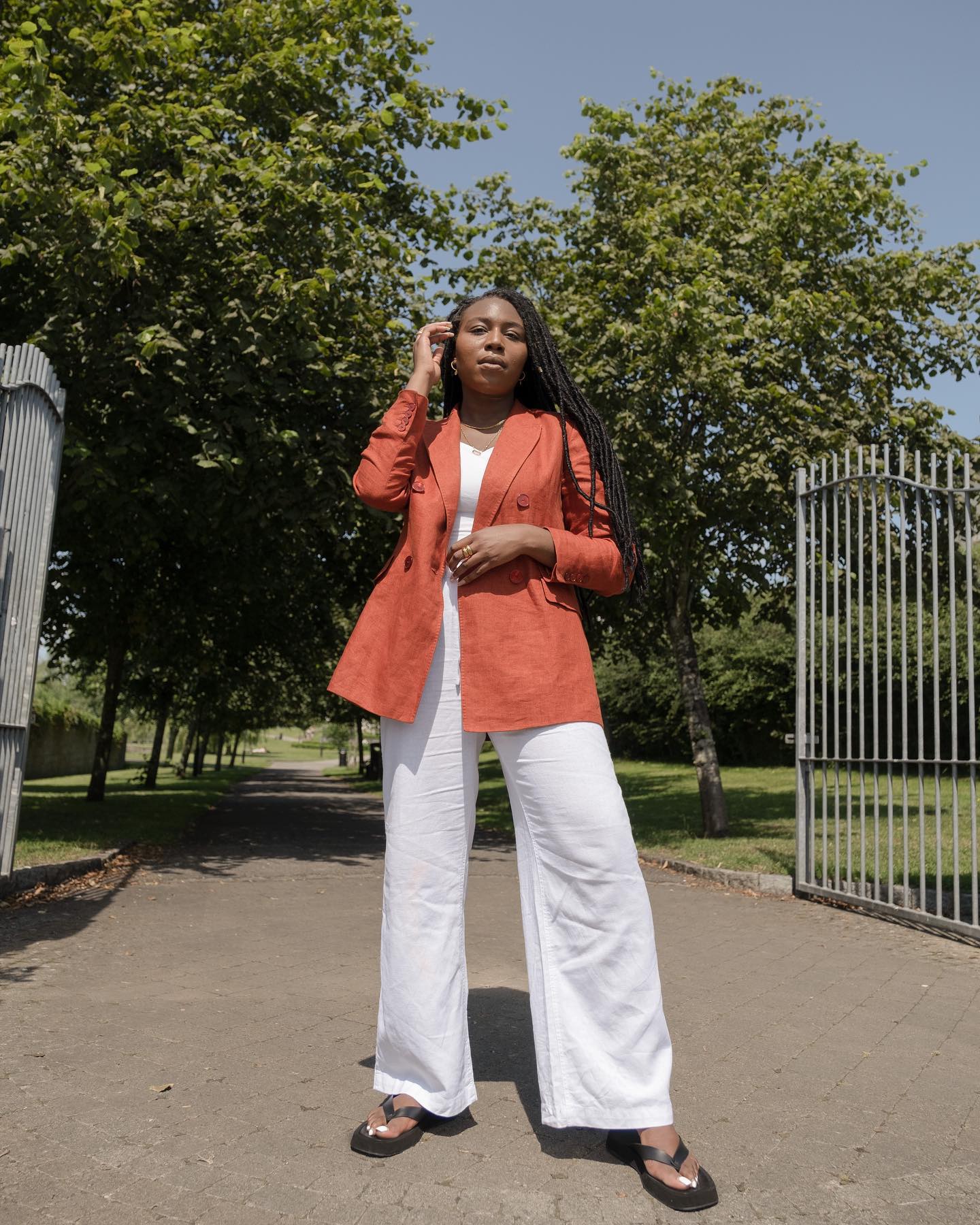
This could look like Responsible Wool Standard (RWS), which protects sheep against mulesing, or Good Cashmere Standard (GCS), which not only protects the welfare of kashmir goats but also other wildlife in the Tibetan Plateau that are endangered thanks to the demand for luxuriously soft knitwear. Leather Working Group (LWG) is a big one to look for particularly when investing in accessories. Even high-fashion maison Hermès works with them to ensure its suppliers follow an "environmental stewardship protocol." The accreditation needs to be renewed every two years. Another common one to look out for is organic cotton. This is most commonly signified by Global Organic Textile Standard (GOTS). The good news is that so many of your beloved high-street shops work with these groups. It's just a matter of keeping an eye out.
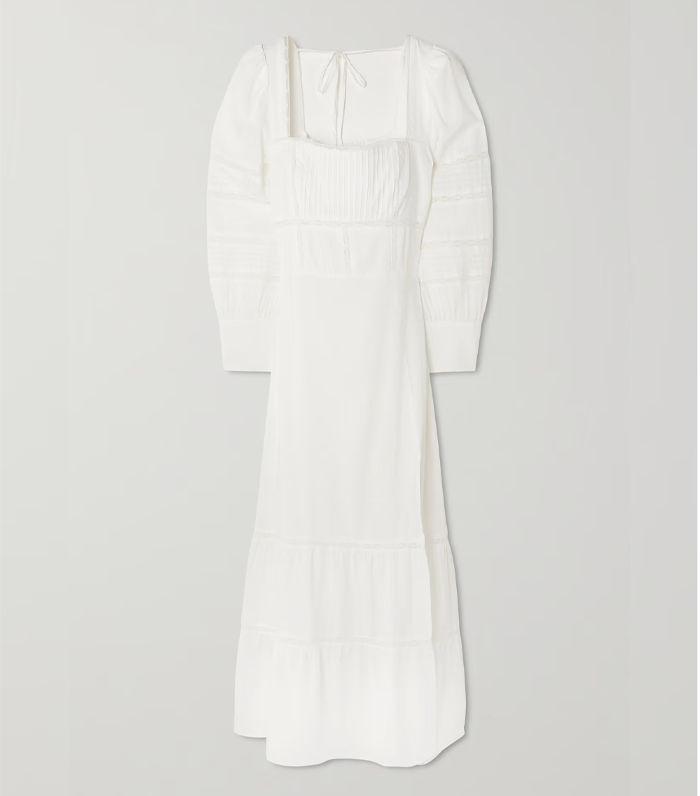
A square neckline feels a little more unique.
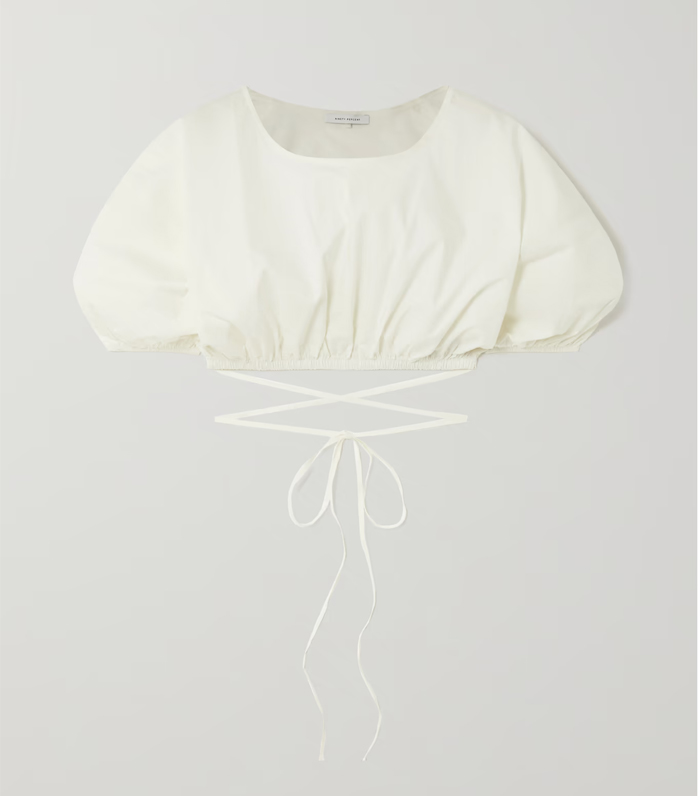
There's a matching skirt to go with this, and it's very pretty.
2. DON'T RELY ON THE SWING TAGS ALONE
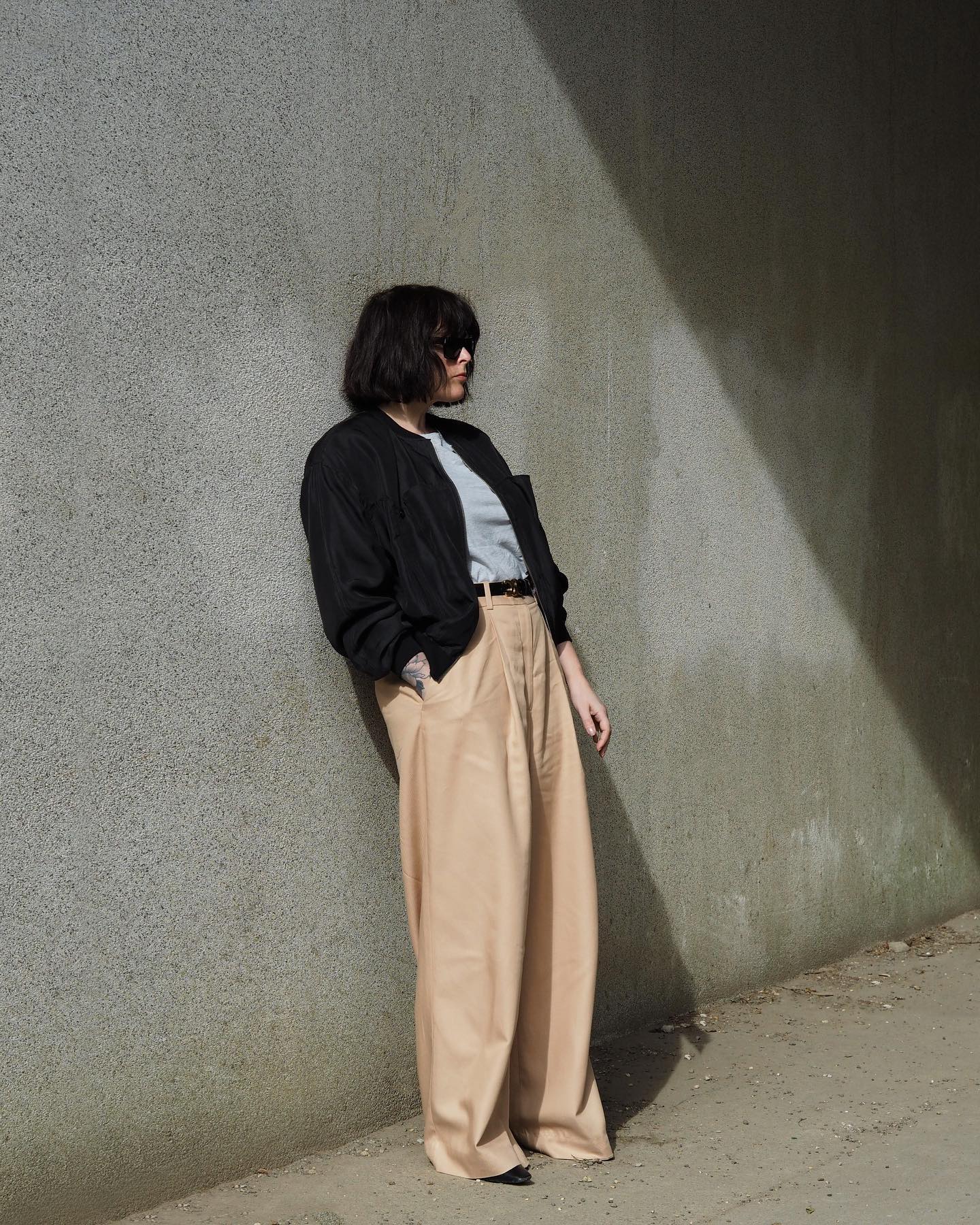
Think of that shiny, beautifully designed swing tag clinging onto a garment by a tiny safety pin as a headline. It's created to grab your attention. High-street brands use this to justify their prices. After all, £39.99 for a "linen" jumpsuit seems like a great find. The real story of what we are purchasing is inside and between the seams: the care label. Look here and you'll probably discover that the charming romper is mixed with a cheaper fibre like polyester, a plastic-based material used by retailers to reduce their cost to manufacture. Some of the worst offenders can be found in knitwear. Premium fibres like alpaca, yak or cashmere are often highlighted not just in the branded tags but also in the name—for example, a "cashmere hoodie" isn't always what it seems.
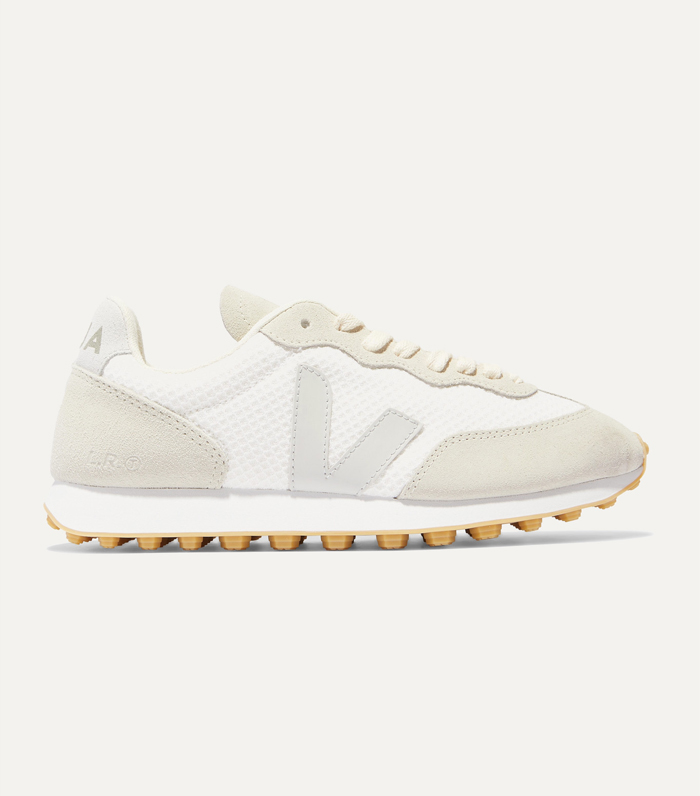
Veja is committed to manufacturing its sneakers without harming people or the environment—excellent.
3. CHECK THE HARDWARE AND CLOSURES

Did you know that hardware costs more money and requires special machines? Increasingly, I've noticed more elastic and shirring techniques used to cut costs. But that's for another time. Let's chat about zips. A garment that's unlined should not have an exposed zip. Ideally, bias binding is used to conceal its edges.
Additionally, zips come in various lengths and should be appropriate for the garment. If that pastel silky dress you were thinking about comes with a zip that looks more like an appendage than a closure, it could indicate that the brand is cutting corners. The brand was getting away with it because most of us don't know what to check for. But now you do.
When it comes to buttons, a reinforced stem is a good sign. This might look like a little stalk, and the space between the hardware and the fabric makes it easier for the wearer to use. Don't overlook the back. Premium finishes will have a smaller button to reinforce the main, larger one. If that oversized boyfriend blazer you have your eye on lacks this, at the very least, make sure that the knot matches the colour of the fabric—for example, black thread used on black lining.
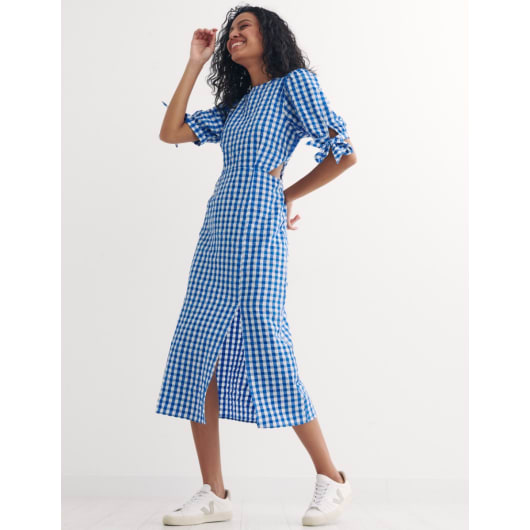
Nobody's Child claims to use responsible yarns. This has 29% recycled polyester in the mix.
4. BUY 100% NATURAL FIBRES WHEN YOU CAN

We know planned obsolescence is a real thing. For those of you that need a recap of what that is, it's when brands design something to be frequently replaced. It's entirely intentional in order to ensure that fast-fashion sales targets are always met, no matter how ambitious they seem. As consumers, we have options to shop secondhand, rent, borrow and even create our own pieces. But if purchasing new from the high street is your preference, no judgment. Many high-street retailers are also fast fashion, but they have the most accessible price points and tend to be more size-inclusive. My biggest tip here is to make sure you shop for natural fibres only.
Some categories such as swimwear, specialist outerwear and workout clothes do need to be made of synthetics. But for the majority of your everyday wardrobe, synthetic blends and materials like nylon, polyester, acrylic and rayon (a semi-synthetic) are entirely unnecessary. Not only are these uncomfortable for the wearer, but some of them are fossil-fuel derived and contribute to microplastic pollution.
5. CHECK THE TEXTURE OF YOUR GARMENTS
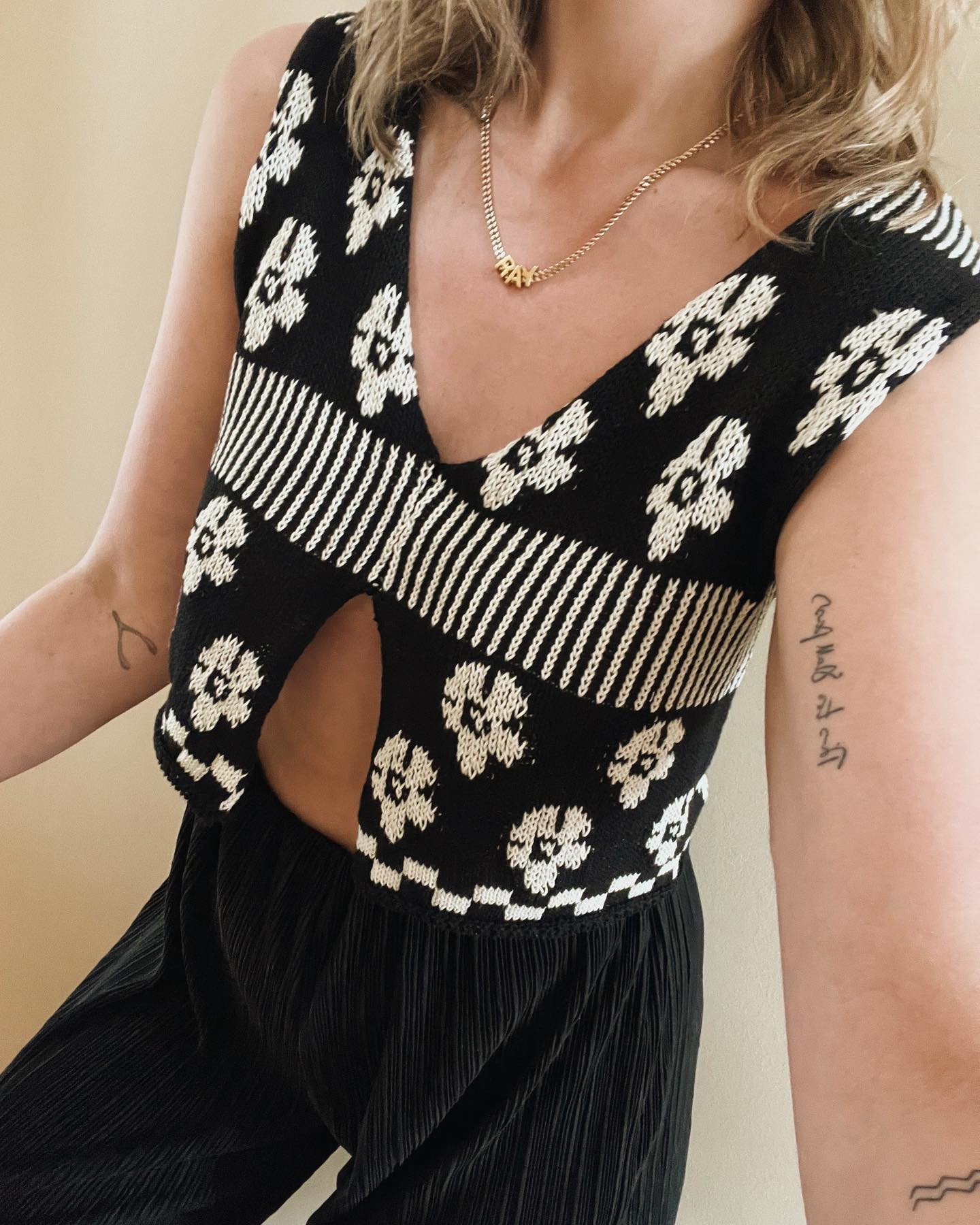
Now this is something I've never seen a brand disclose, but I wish they would! At the factory stage, fabric undergoes third-party testing for integrity. It's trialled for three main things: light degradation, which refers to dye fading in the sun, colour transfer (this one is pretty self-explanatory) and friction, whereby the fabric is rubbed with a rough surface to test for its sensitivity to pilling. All fabrics can pill, but it's most commonly seen on knitwear.
The first two are almost impossible for customers to check on the shop floor. However, what I call "premature pilling," which looks like bobbling, often indicates short or loose fibres. If you see something in-store that's already pilling, I recommend avoiding that purchase. Combined with the amount of non-biodegradable clothing out there (it's estimated that 65% of fashion is made of plastics), you don't want a piece that's going to the landfill after a wear or two. All of a sudden, that £29.99 top doesn't look like such a great deal after all.
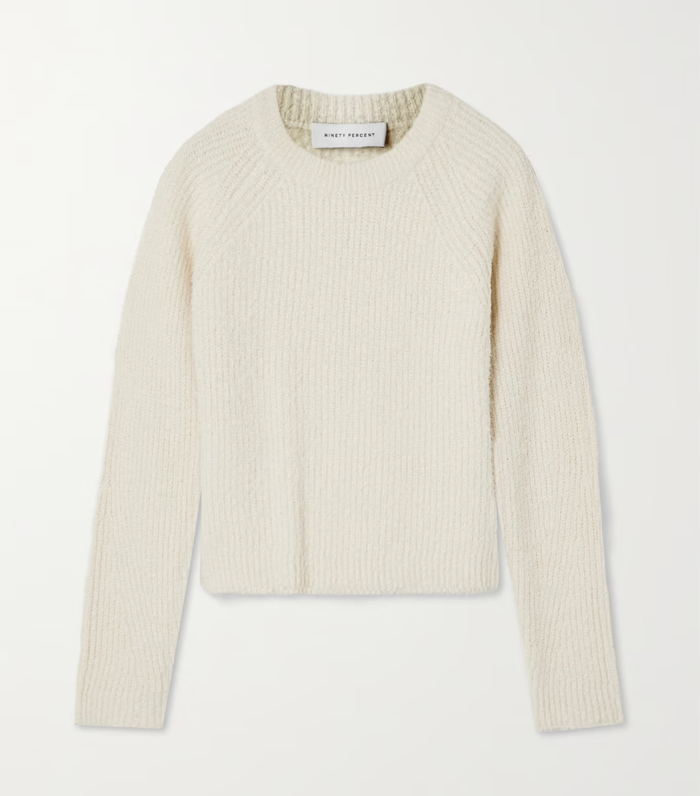
Works with slip skirts, jeans, tailored trousers and more.
Up next, the co-ords that are worth buying.
